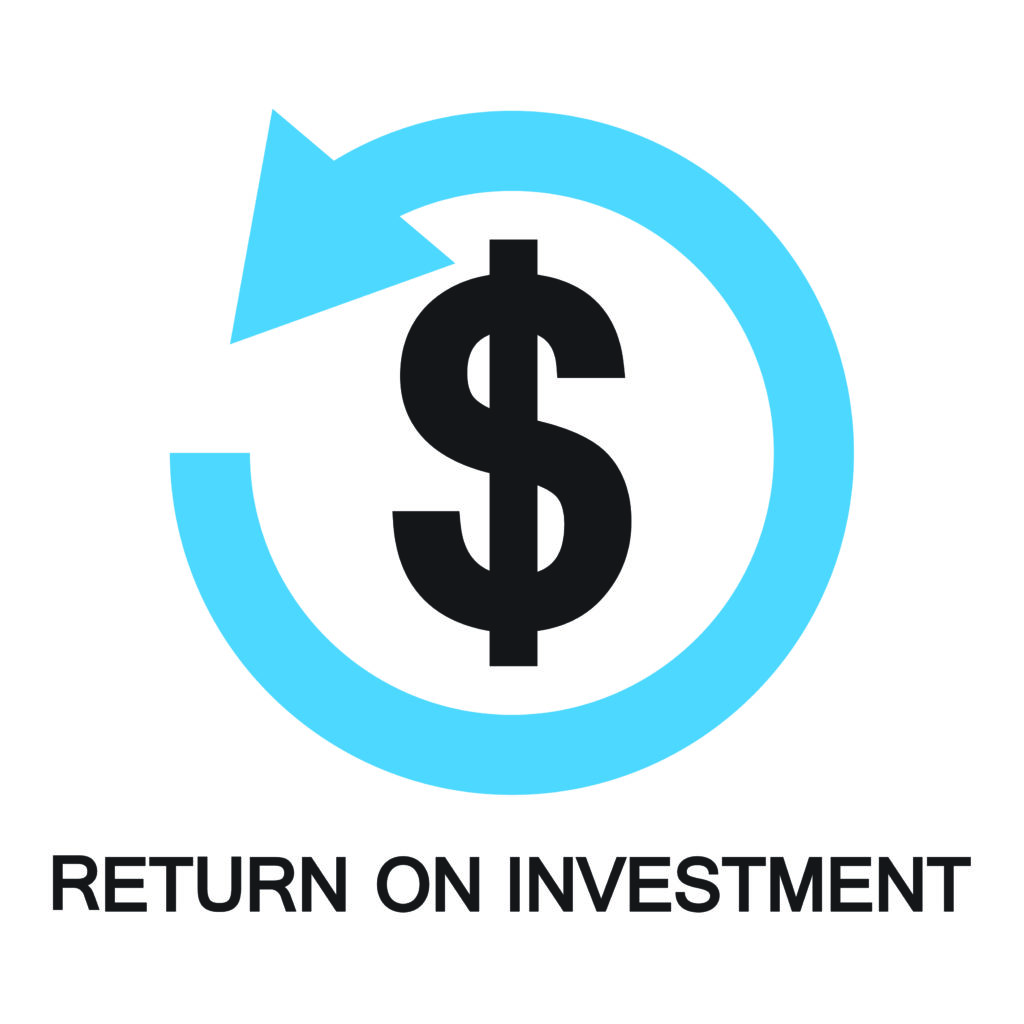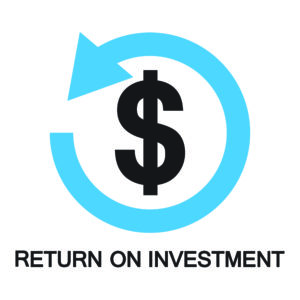IAAPA 2022 Is Here!
A Buyer’s Guide for Challenging Times

By George McAuliffe, President, Pinnacle Entertainment Group
It is true what they say: As you get older time does seem to fly by faster. So, here we are in November and I’m especially ready for IAAPA. After a 30+ year unbroken attendance streak, I missed last year taking care of a little health problem –– that’s after Covid took care of 2020 –– so I’m really looking forward to being back at the big show.
IAAPA will be even more valuable this year. The industry faces many challenges in the post-Covid era. The fiscal policies that kept us from disaster have left an inflation hangover as supply and demand struggle to find balance. Monetary policy has changed to fight that inflation, causing interest rates to rise.
IAAPA is about many things –– education, networking, and, perhaps above all, capital spending. In the face of higher prices, exacerbated by higher freight costs and rising interest rates, a good buying decision-making process is more important now than at any time in the last 15 years. Here are three things I’ve learned over the years that I hope help refine your buying process.
It Doesn’t Really Matter What You Think
There are a lot of choices to be considered in the aisles of IAAPA. When it comes to new product, what you and I think doesn’t really matter. Okay, I admit that I still ask people what they think of that new product, but their answer is always lower on my decision tree. It’s what the players (will) think that matters and their votes will be found in sales. A rational and consistently good buying process relies mainly on the sales data.
Beware of the Allure of the License
We won’t mention any names here, but the history of arcade games includes many highly touted licensed games that turned out to be horrible investments. Sure, a license can draw attention and get people to try a new machine, but a game has to connect with the player. That’s what drives consistent play over time and makes for a great game and earnings. If the connection is there in a licensed game, that’s great but don’t rely on the license alone.
“Payback” Ain’t Necessarily Payback
AKA: Understand the intangibles and indirect factors. This may be the most overlooked aspect of game sales performance. You boast that the new game you just put in that did $2,000 in its first week? Well, think again! It didn’t do $2,000 that first week because much of its sales was “cannibalized” from other games. Think: If the new game never arrived, your arcade would still have collected most of those sales.
Don’t get me wrong, though. Every arcade needs new games and attractions, or the top line sales will drop over time. But, what really matters is finding the games and attractions that will create incremental sales. Incremental sales are the highest goal in FEC management and achieve one or more of three things:
• Get people to stay longer.
• Motivate them to spend more money.
• Attract new customers.
That’s a nice segue into attractions, once defined as “products that motivate people to get out of their houses and into your FEC.”
Attractions
There’s a wide variance in attractions and the whole universe, from a small-footprint VEX VR unit to a major roller coaster, is on display at IAAPA. They have their own factors to consider:
• Capacity: We always divide the cost of an attraction by its ”seats” or number of guests served per “ride.” We define “seats” and “ride” loosely. In the case of VEX VR, each of the six headsets equals a “seat”; each game equals a “ride.” A bowling lane has four seats, each game of bowling a ride. In laser tag, a vest equals a seat. You get the idea.
• Throughput: How many “rides” per hour times the number of “seats.” This can be affected by things like vesting or briefing time, safety checks and the exit process.
• Price Per Play: Like games, price per play can have a huge impact on the guest experience. Attractions can generate much higher levels of spending than games (certainly than individual games).
• Labor: Many attractions require dedicated labor and the cost of that labor relative to sales generated should of course be calculated!
Beyond games and attractions, there’s a whole lot to see and learn about at IAAPA. With today’s challenges, understanding software advances on key attractions will be a great use of time. A few highlights we know about through working closely with these companies are:
• Intercard (booth 2206) –– They are showing their improved online sales and credit card access, supporting operators dealing with staffing and labor cost challenges.
• Brunswick (booth 4831) –– The company brought kiosk automation to the world of bowling along with their increasingly robust Sync software to streamline efficiency throughout the FEC, including improved food and beverage support.
• Redemption Plus (booth 1824) –– Beyond games and attractions, you might look at upgrading your redemption merchandise execution. We’ve heard that Redemption Plus is turning their IAAPA booth into a state-of-the-art redemption store and will be doing merchandising training at 10 a.m. and 2 p.m. every day. That will be time well spent.
If you’d like to discuss more about IAAPA or meet up face-to-face, stop by the Shaffer Distributing booth (#400), which will be my home base during the show, to say hello or email me at georgemc@grouppinnacle.com and let’s set a time. Travel safe!
George McAuliffe has helped hundreds of businesses large and small develop and execute arcades and FECs. He has personally operated family entertainment centers from 2,000 to 150,000 square feet as a corporate executive, entrepreneur and consultant. He is the owner, with his partner and son Howard, of Pinnacle Entertainment Group.
George lives on the Jersey Shore with his wife, Julie. They have three sons, two daughters-in-law and a grandson.
Readers can learn more about Pinnacle at grouppinnacle.com or contact George at georgemc@grouppinnacle.com; phone: 314-422-7197.


